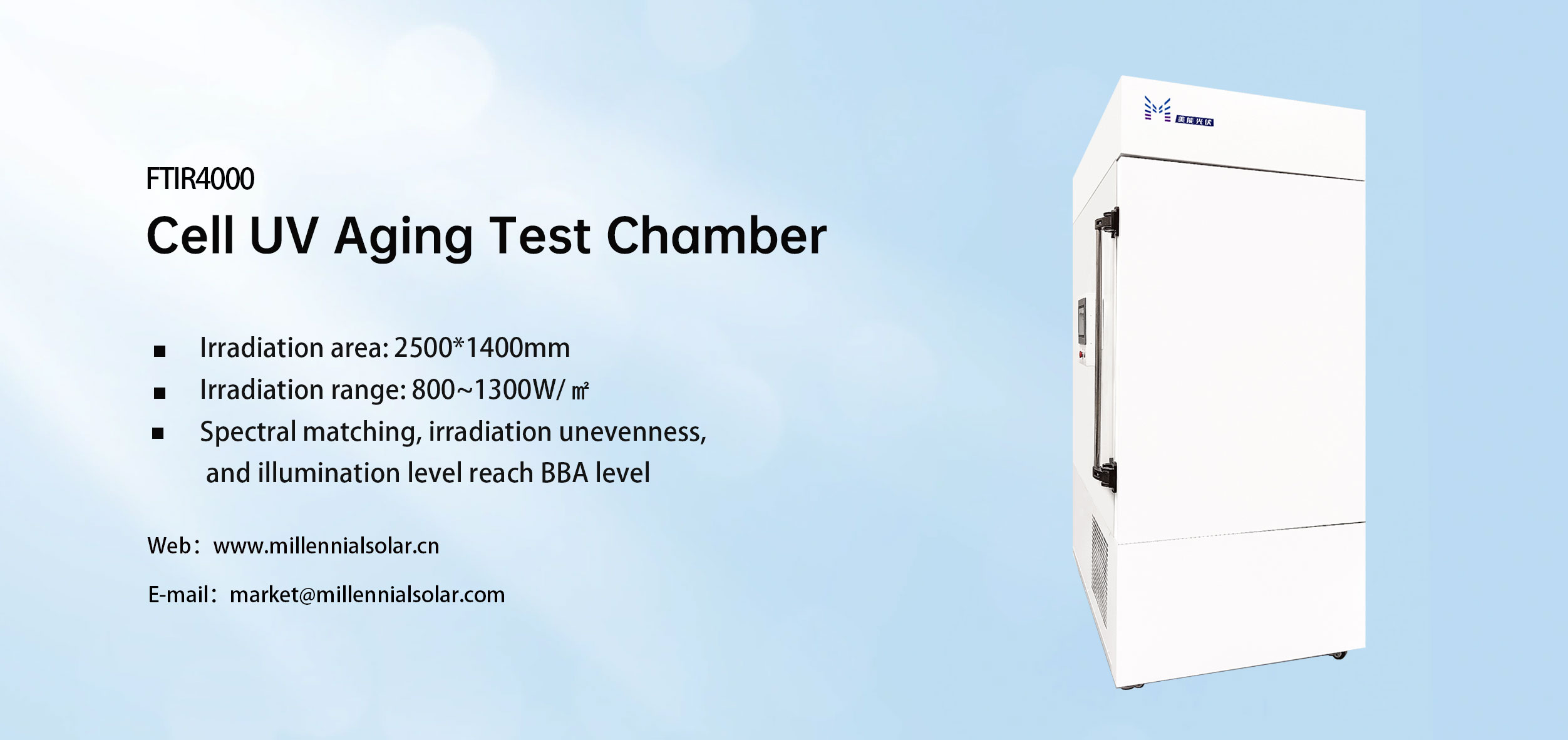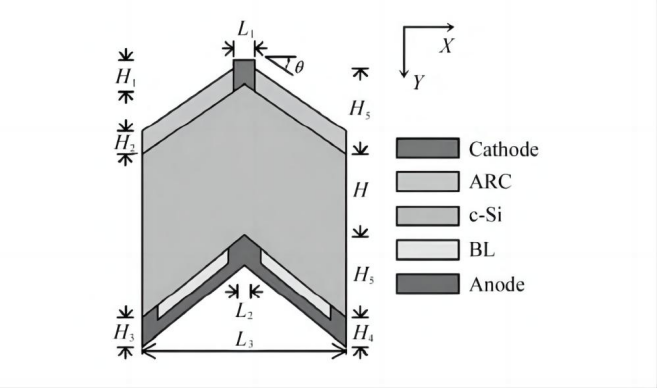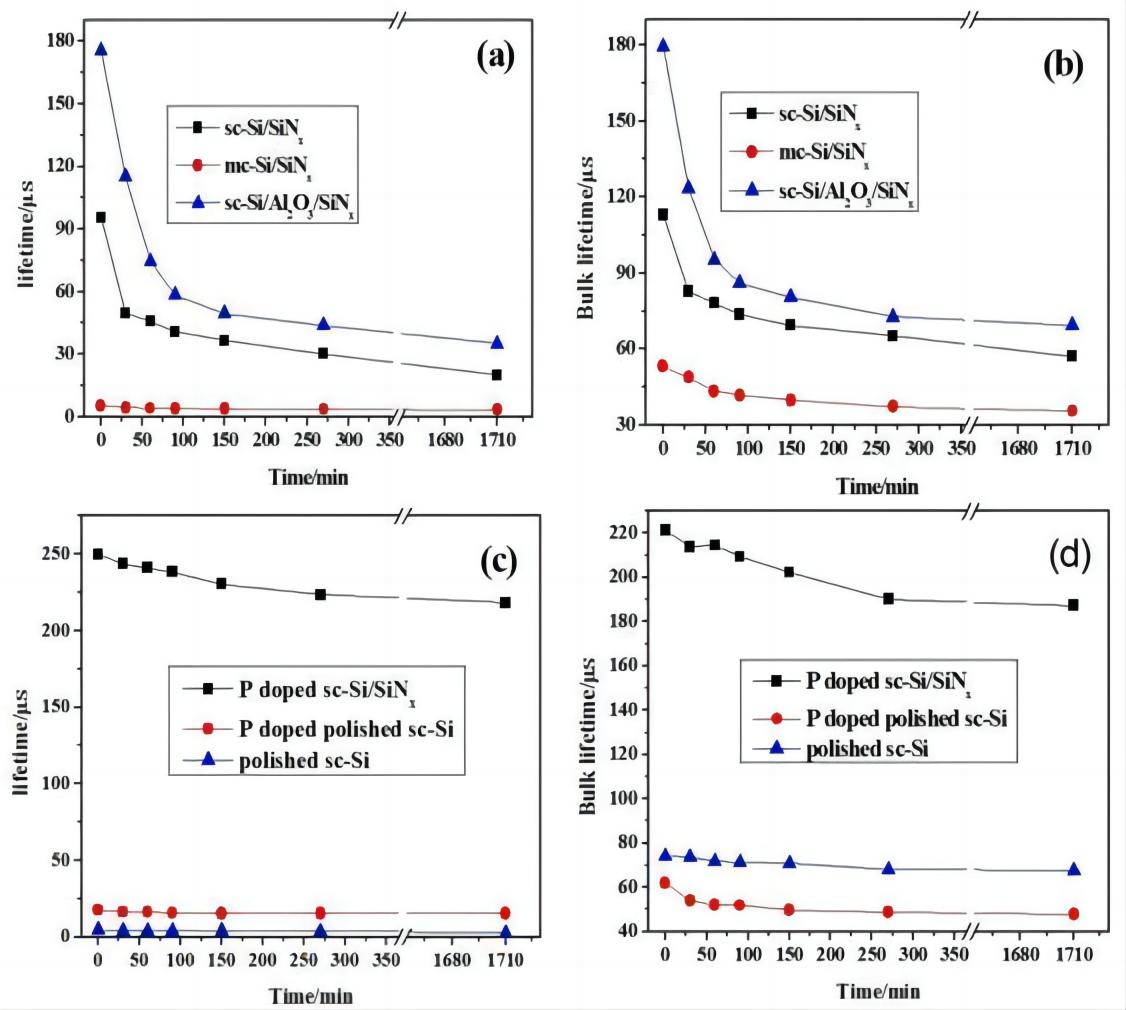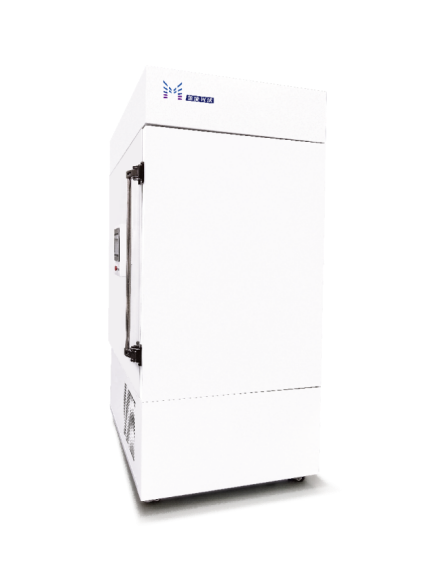
Quantum Efficiency Tester
PL/EL Integrated System
PV-Reflectumeter
3D Confocal Microscope
In-Line Four Point Probe Tester
Four Point Probe Tester
In-Line Thin Film Thickness Tester
Raman Spectrometer
FTIR Spectrometer
Spectrophotometer
Automatic Spectroscopic Ellipsometer
Contact Resistance Tester
Ultra depth of field 3D microscope
Auto Visual Tester
VMM PV Vision Measuring Machine
Solar Cell Horizontal Tensile Tester
Steady State Solar Simulator for Solar Cell
Solar Cell UV Aging Test Chamber
Solar Cell Comprehensive Tensile Tester
Visual Inspection Tester
Wet Leakage Current Tester
PV Module EL Tester
PV Module UV Preconditioning Chamber
Steady State Solar Simulator for PV Module
Current Continuous Monitor
Potential Induced Degradation Test
Bypass Diode Tester
LeTID Test System
Reverse Current Overload Tester
Impulse Voltage Tester
Hipot Insulation Tester
Ground Continuity Tester
Hipot Insulation Ground Tester
Damp Heat Test Chamber
Humidity Freeze Test
Thermal Cycle Test Chamber
Dynamic Mechanical Load Tester
Static Mechanical Load Tester
Hail Impact Tester
Robustness of Termination Tester
Module Breakage Tester
Cut Susceptibility Tester
Peel Shear Strength Tester
Universal Testing Machine (Single-arm)
Universal Testing Machine (Double-arm)
Glass Transmittance Tester
Acetic Acid Test Chamber
EVA Degree of Crosslinking Test System
Junction Box Comprehensive Tester
Drop ball tester
Semi-automatic scanning four-probe tester
Stylus Profilometer
Maximum Power Point Tracker
Perovskite Glass Transmittance Tester
Perovskite P1 Laser Scribing Multifunctional Testing Machine
Perovskite Online PL Tester
Perovskite Online Sheet Resistance Tester
Online Perovskite Film Thickness Tester
Perovskite Process Inspection Workstation
Portable IV Curve Tester
Portable EL Tester
Portable Thermal Imaging Tester
Solar Module Multi-Channel Testing System
PV Inverter Power Quality Tester
Drone EL Tester
IV Tester
IVEL Cell Sorting Machine
Millennial UV Preconditioning Chamber: Professional Testing Tool
Date : 2024-06-28Views : 220
Against the backdrop of the growing global demand for renewable energy, the performance and durability of photovoltaic cells are particularly important. UV Preconditioning Chamber and Steady State Solar Simulator, relying on advanced technology and equipment, are committed to simulating the impact of sunlight on cells under different environmental conditions, and comprehensively improving the performance and durability of cells through precise spectral mismatch, irradiation non-uniformity and irradiation instability tests. These devices can not only effectively simulate and evaluate the extreme conditions that cells may encounter in actual use, but also provide a scientific basis for the continuous improvement and quality control of cells, and help the technological progress and product optimization of the photovoltaic industry.

Changes in cells exposed to sunlight
By analyzing the changes in cells exposed to sunlight, especially in terms of spectral mismatch, irradiation non-uniformity and irradiation instability, and comparing with BBA-level standards, the changes in cells exposed to sunlight under different environmental conditions can be well simulated.
Regarding spectral mismatch, the spectral form of artificial sunlight has an important influence on the accuracy of the test results of solar cell devices. For example, the spectral mismatch factor of the Arc lamp type artificial solar light source is 0.979, and the output parameters of crystalline silicon cells are closest to the output parameters under the standard solar spectrum AM1.5 irradiation.

Crystalline silicon cell structure model
This shows that by selecting an appropriate light source and adjusting the driving current, a higher degree of spectral matching can be achieved, thereby reaching or approaching the Class A standard. However, different types of solar simulators have differences in spectral mismatch factors, which has a direct impact on the performance testing of solar cells.
Irradiation non-uniformity is another critical factor. For example, the irradiance unevenness of a super-A-level large-scale pulse solar simulator within 3 m × 3 m is less than ±1%, while the irradiance unevenness of an LED solar simulator reaches the A-level standard, which is 1.61 %. These studies show that by optimizing the optical system and control system, irradiation non-uniformity can be significantly reduced to meet or exceed the requirements of BBA level standards.
UV Preconditioning Chamber meets the stability test specified in the MQT09 and MQT19 provisions of the IEC61215 standard. The light spot area reaches 1200*1000mm (applicable to 20 230 cells), the spectrum meets the BBA standard, the irradiance control method, and the lamp power are manually set or automatically adjust according to the set irradiation intensity.
How does light decay testing help improve the performance and durability of cells?
Light decay testing is an important means to evaluate and improve the performance and durability of cells. By simulating long-term illumination under natural lighting conditions, light decay testing can reveal the performance degradation problems that cells may encounter during actual use, thereby providing a scientific basis for the design, manufacture and optimization of cells.

Changes in the minority carrier lifetime of the life film before and after illumination
According to the light-induced decay effect research experiment of various life films, the changes of effective minority carrier lifetime and body minority carrier lifetime of various life films and polished films after long-term exposure are known. The effective minority carrier lifetime of SiNx life film is reduced from the initial 95.58μs to 20.02μs, and the Al2O3/SiNx double-layer coated life film is reduced from 175.57μs to 35.08μs, and the decay rate is about 80%, while the body minority carrier lifetime is reduced from 112.97μs to 57.09μs and 179.5 to 69.36μs, respectively. The effective minority carrier lifetime and body minority carrier lifetime of SiNx and Al2O3/SiNx double-layer coated passivated life films show obvious decay. The reason for the decay of minority carrier lifetime after illumination is analyzed, and it is believed that illumination leads to the generation of boron-oxygen complexes and interstitial iron defects, thereby causing carrier recombination.
Through the light decay test, we can observe how the concentration of these complexes changes under lighting conditions, and then analyze their impact on cell performance. In addition, by comparing the effects of different treatment methods (such as regeneration treatment) on the light decay effect, effective suppression measures can be found. The UV Preconditioning Chamber uses a xenon arc lamp that can simulate the full sunlight spectrum to reproduce the destructive light waves that exist in different environments, which can provide corresponding environmental simulation and accelerated testing for photovoltaic cell product development and quality control.
UV Preconditioning Chamber

E-mail: market@millennialsolar.com
It can be used for cell improvement of existing processes or evaluation of durability after cell composition changes. It can well simulate the changes caused by cell exposure to sunlight under different environmental conditions.
• Spectral mismatch, irradiation non-uniformity, and irradiation instability meet at least BBA standards.
• Irradiance range reaches 800~1300W/m2
• Irradiation area reaches 2500*1400mm;
• Metal halide lamp can adjust the irradiation intensity of each light source or the overall irradiation intensity
• Irradiance control mode, manually set the lamp power or automatically adjust according to the set irradiation intensity
Through simulated sunlight irradiation test, UV Preconditioning Chamber can accurately evaluate spectral mismatch, irradiation non-uniformity and irradiation instability to ensure that the cell can achieve the best performance in actual application. Using advanced technologies such as adjusting light source intensity and automatically controlling irradiance, Millennial's testing equipment not only provides reliable data support for cell performance improvement, but also promotes the continuous optimization of photovoltaic products in durability and efficiency.

































































